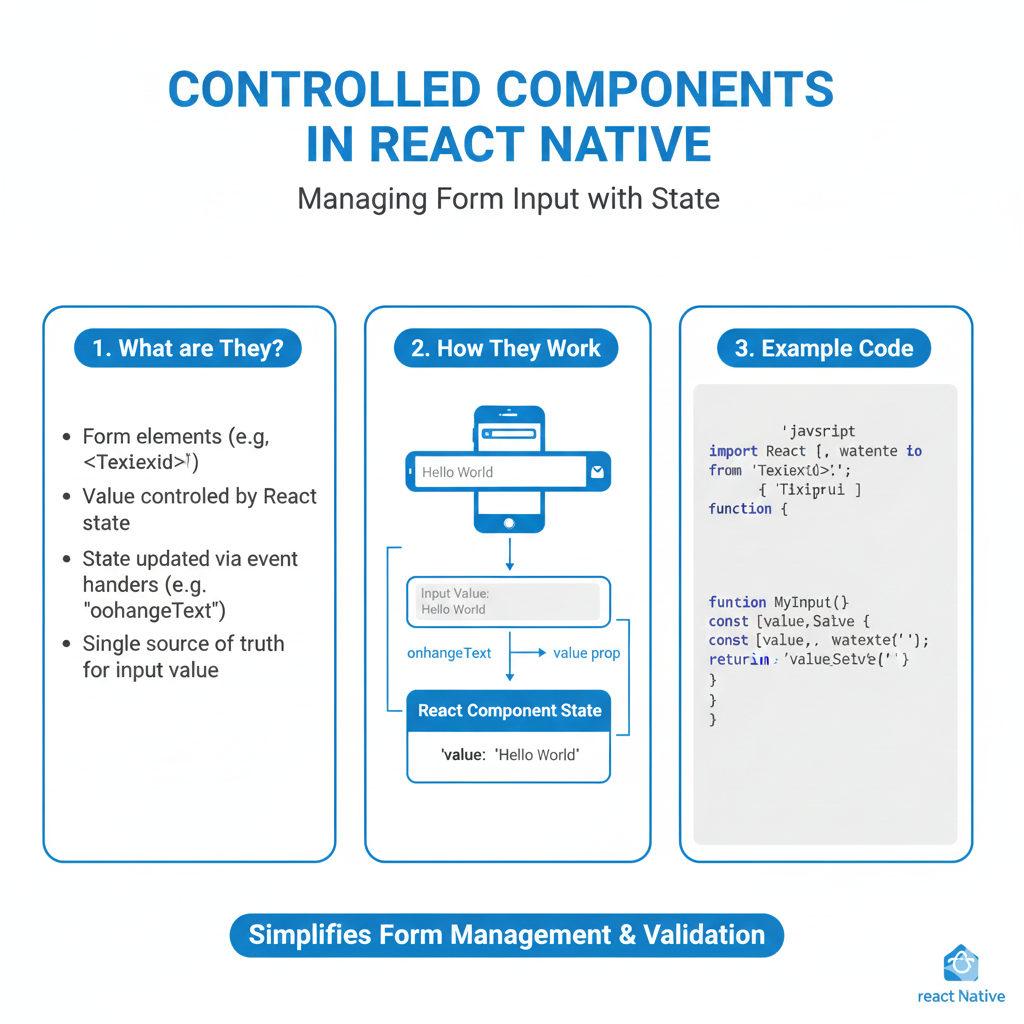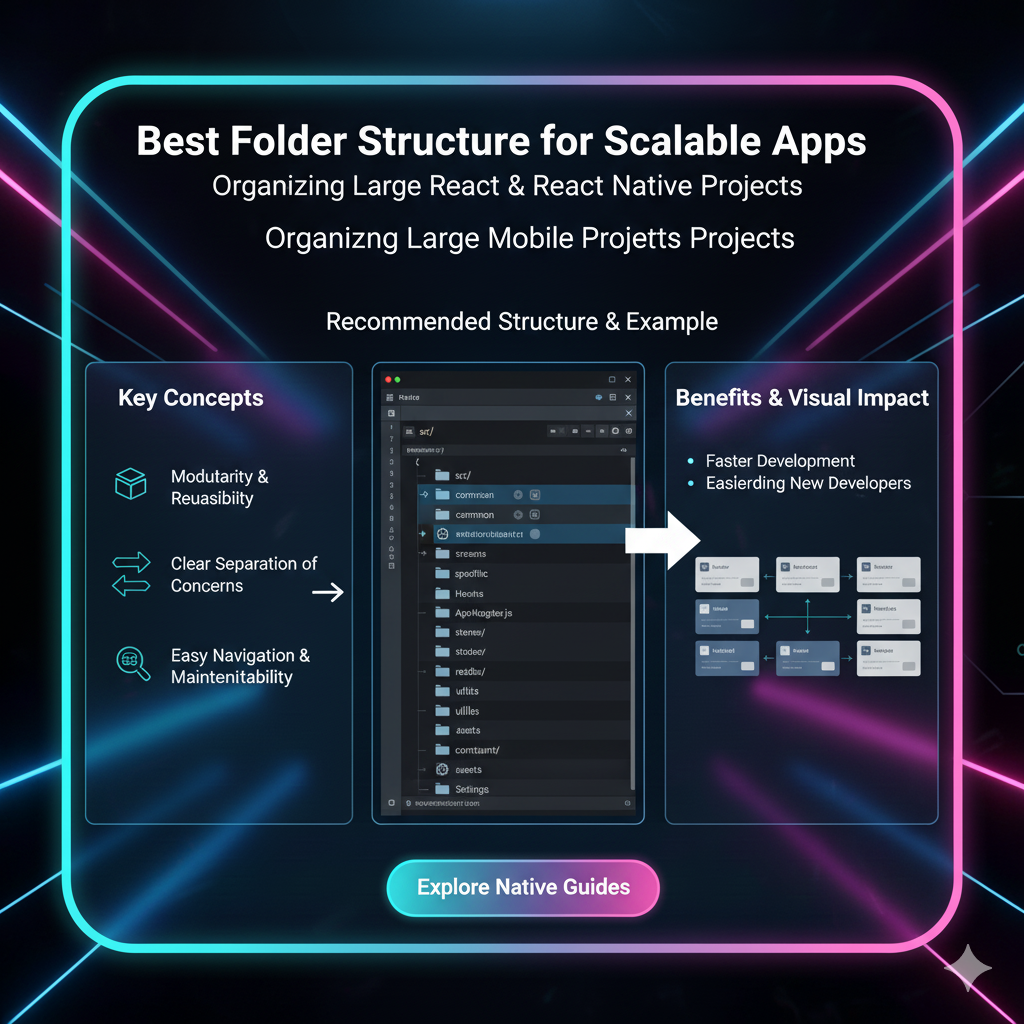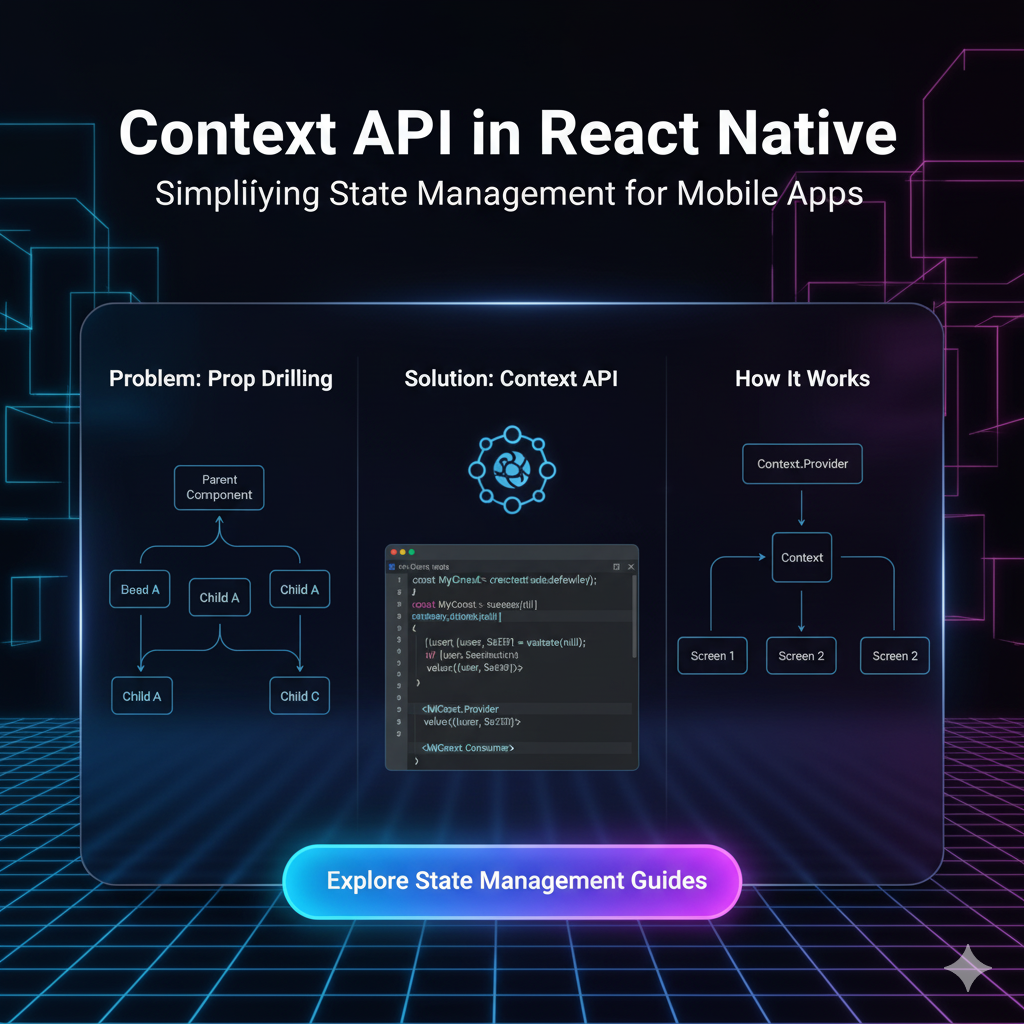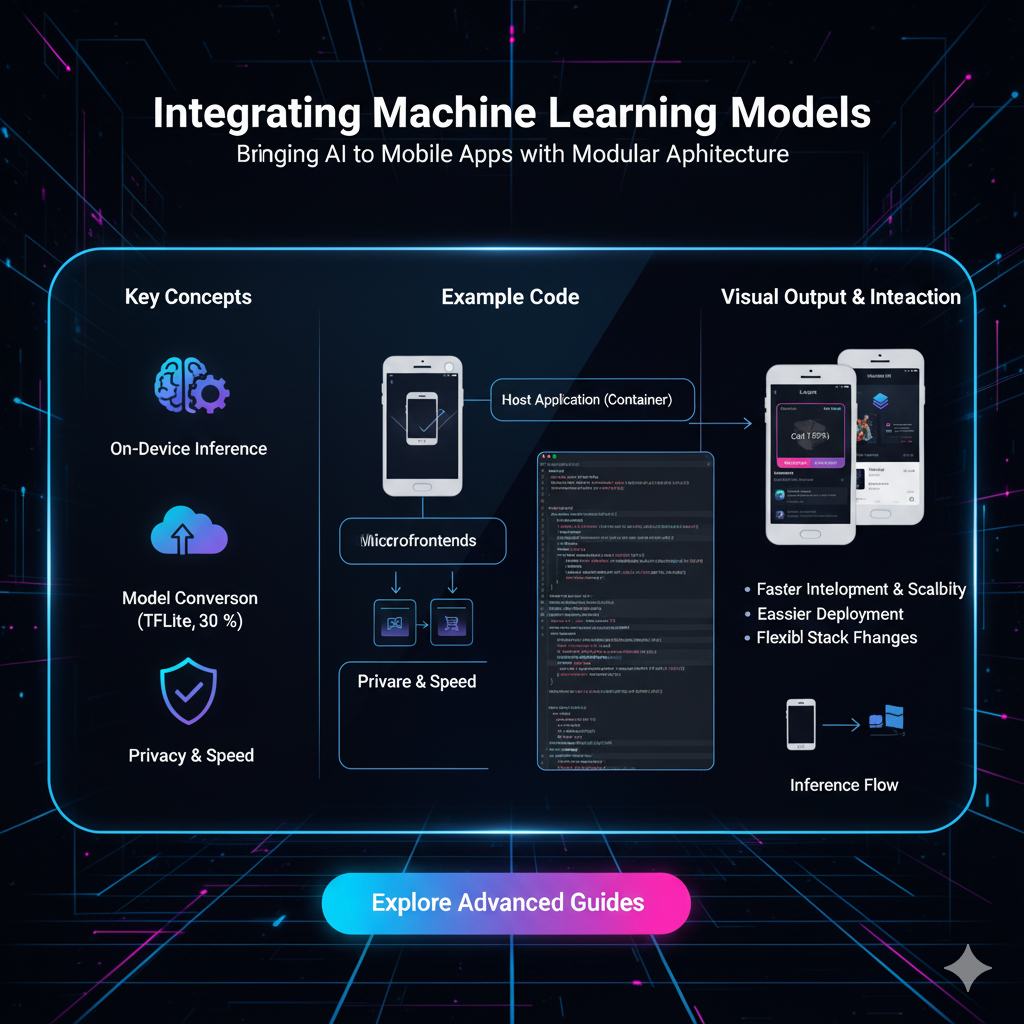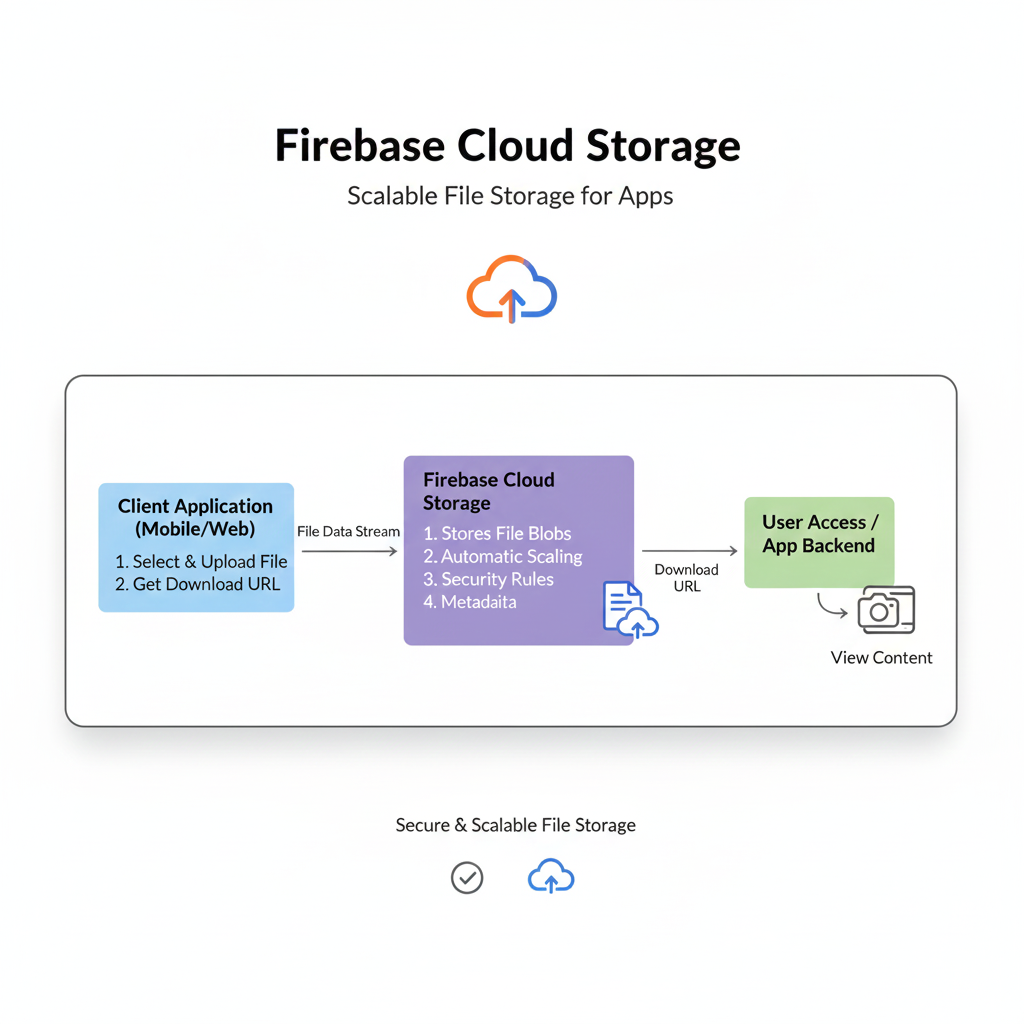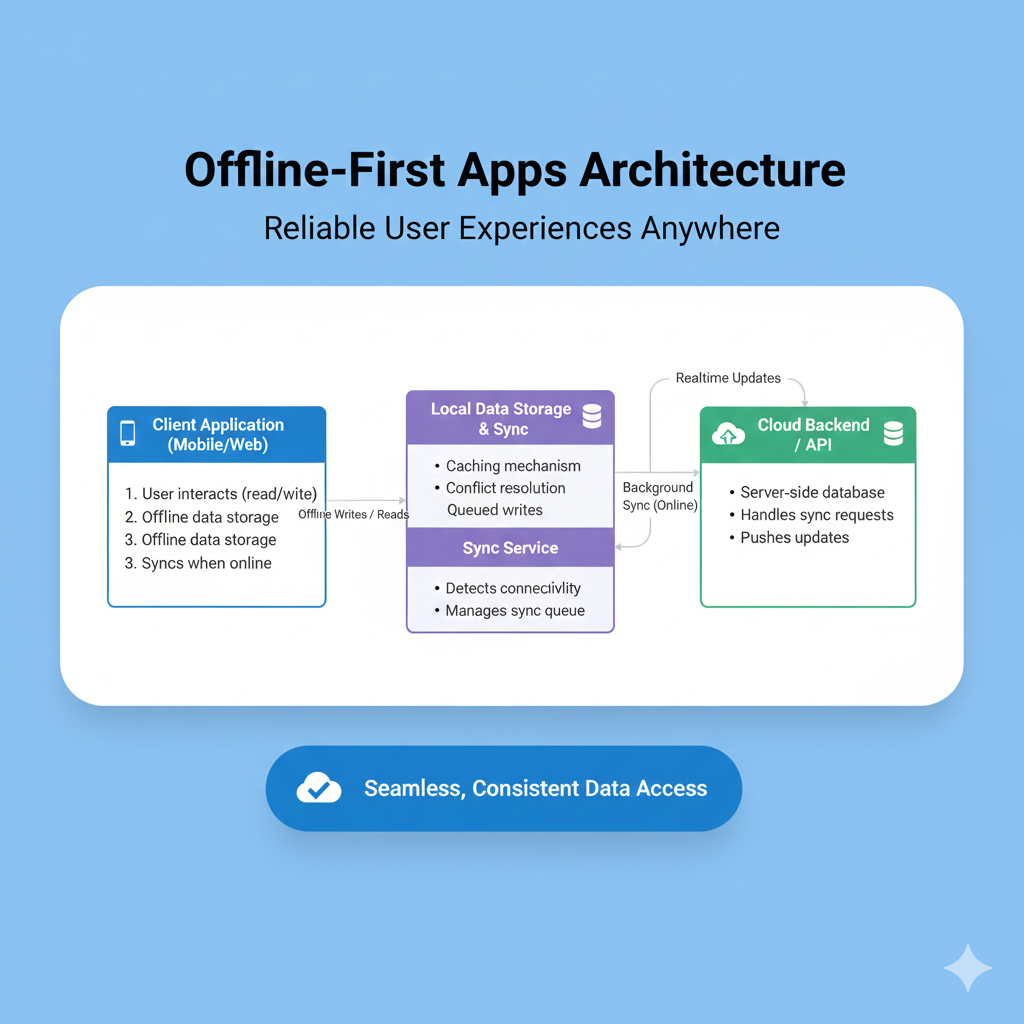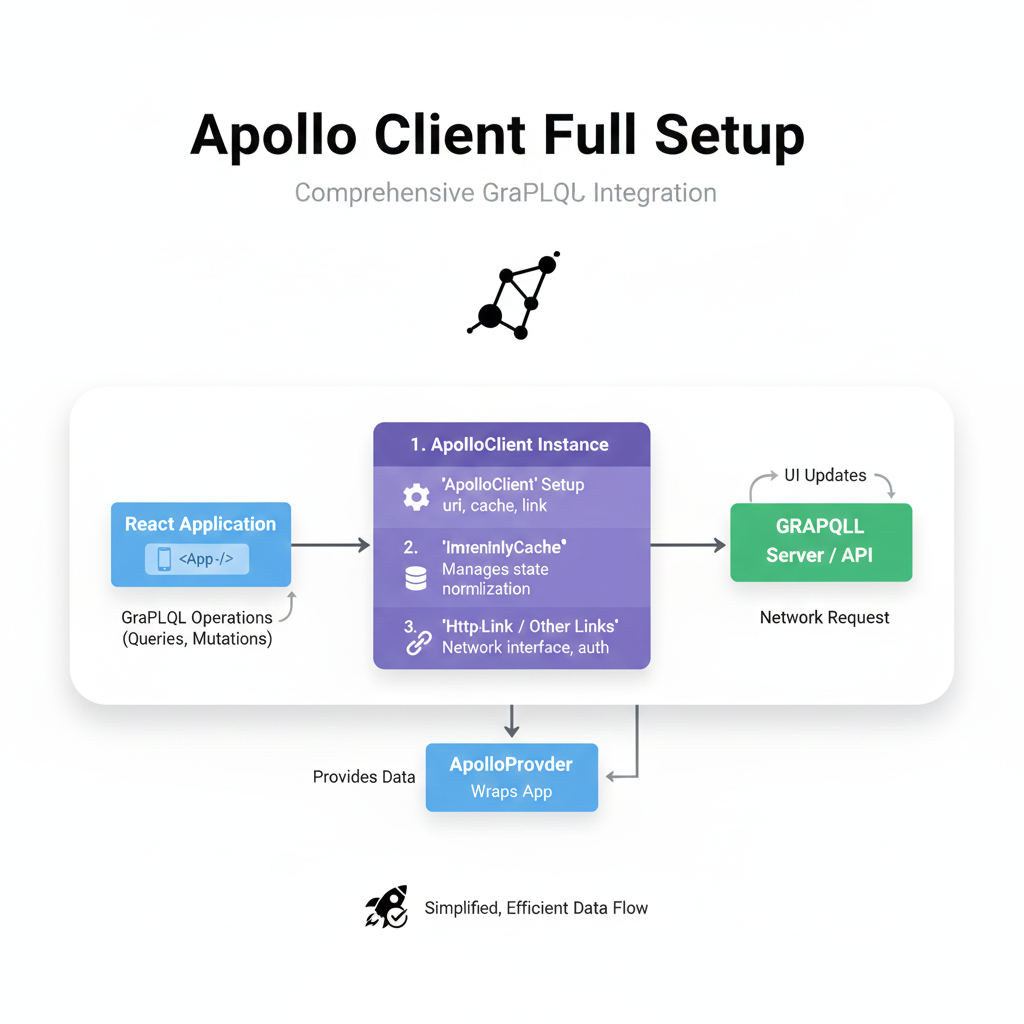React Native Under the Hood: How Your JavaScript Builds Native Apps
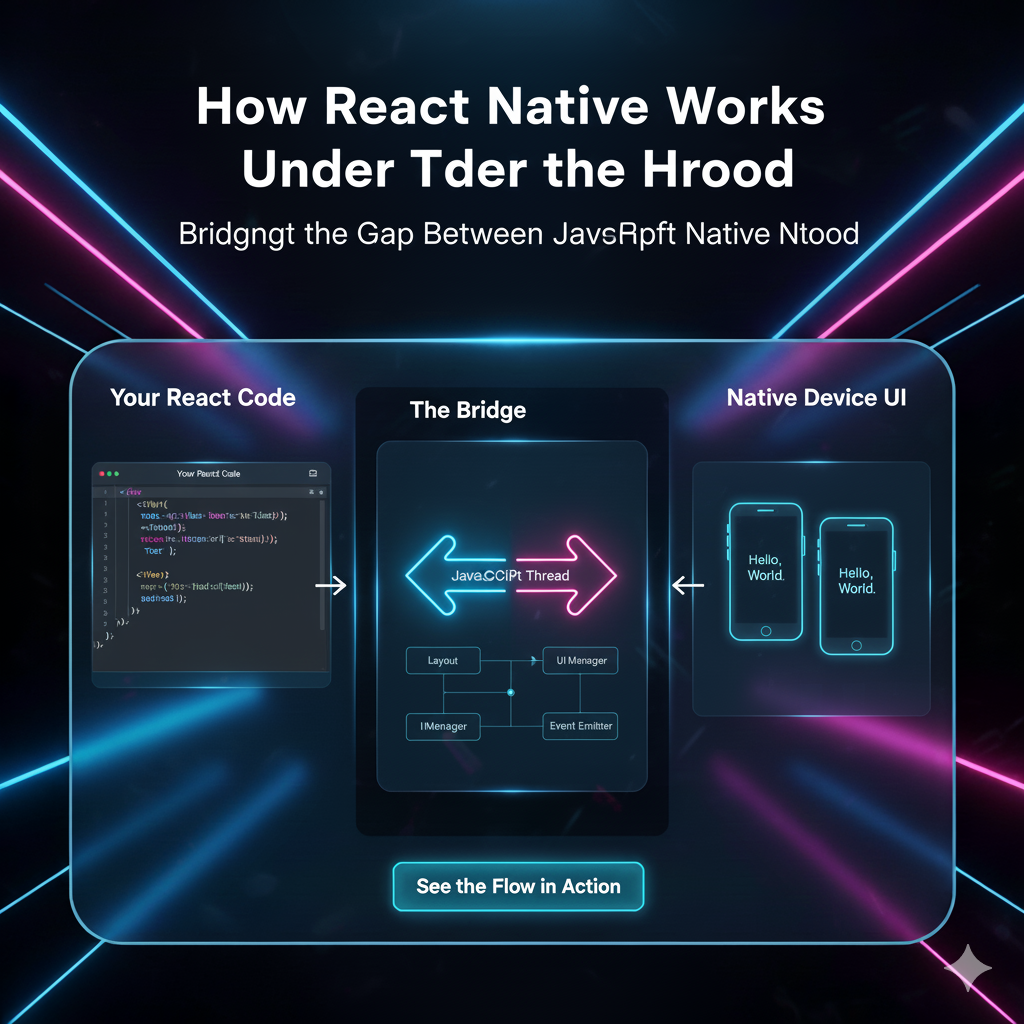
Ever wondered how React Native actually works? We dive deep into the bridge, threads, and native layers that let you build mobile apps with JavaScript. Spoiler: It's pure magic (and clever engineering).

React Native Under the Hood: How Your JavaScript Builds Native Apps
React Native Under the Hood: No Magic, Just Brilliant Engineering
So, you’ve heard the hype. “Build mobile apps using React and JavaScript.” “One codebase, two platforms.” It sounds almost too good to be true, right? For a long time, I thought it was pure magic. I’d write a <View> and a <Text> component, run npx react-native run-ios, and boom—a genuine, native iOS app would pop up on the simulator.
But as any seasoned developer knows, there’s no such thing as magic in tech. There’s just clever engineering, and boy, is React Native clever.
If you're looking to not just use these technologies but to truly master the architecture behind them, our Full Stack Development and MERN Stack courses at codercrafter.in dive deep into these very concepts.
In this deep dive, we’re going to pop the hood and look at the engine. We’ll explore the core concepts that make React Native tick, and by the end, you’ll have a solid understanding of what’s happening from the moment you write your code to the moment it paints pixels on a user's screen.
The Big Picture: It’s All About Communication
At its heart, React Native isn’t converting your JavaScript into Swift or Kotlin. That’s a common misconception. Instead, it sets up a parallel universe. You have your JavaScript world (where your React logic lives) and your Native world (where the iOS/Android UI components live). These two worlds don't speak each other's language, so they need an interpreter.
This is the foundational idea. Your JavaScript code runs and decides what the UI should look like. The native side is responsible for actually drawing that UI on the screen. The connection between them is the star of the show: The Bridge.
Meet the Bridge: The VIP Bouncer of Your App
Think of the Bridge as a super-efficient, asynchronous messaging service. It’s the only way for your JavaScript code and the native platform to talk to each other. And they don’t talk directly; they pass JSON-like messages back and forth.
How it works:
Your JS Code Says: "Hey, I need a
Viewwith a red background and aTextcomponent inside that says 'Hello World'."The Bridge: It takes this command, serializes it into a simple message, and passes it over to the native side (iOS/Android).
The Native Side: The native code receives this message, deserializes it, and understands: "Ah, I need to create a
UIView(on iOS) with a background color of red, and put aUILabelinside it with the text 'Hello World'."The UI Renders: The native platform then uses its own rendering engine to paint these genuine, high-performance components on the screen.
The key here is that everything is asynchronous. The JavaScript thread doesn’t sit around waiting for the native side to finish rendering. It fires off the message and moves on to the next task. This keeps the UI feeling responsive.
The Three Key Threads: A Well-Choreographed Dance
To manage this communication without everything turning into a tangled mess, React Native runs three separate threads.
The UI Thread (Main Thread): This is the king. It's the native thread that every app has. It's responsible for handling all user input (taps, swipes) and drawing the UI. When you interact with a native button, this thread is where it happens.
The JavaScript Thread: This is where your entire React logic lives. Your components, your state, your lifecycle methods, your
fetchcalls—all of it runs here in a JavaScript engine (like JavaScriptCore). When you callsetState, it’s this thread that figures out what part of the UI needs to change.The Shadow Thread (Background): This is the unsung hero. This thread is dedicated to calculating the layout of your elements. It uses a library called Yoga (a layout engine created by Facebook/Meta) to compute the exact position and size of every component before it’s drawn. Doing this on a separate thread prevents complex layout calculations from janking the main UI thread or the JS thread.
The Data Flow in Action:
Let’s say you change a component’s width in your JS code.
The JS thread calculates the new UI tree (the Virtual DOM diff).
It sends the new layout properties (e.g.,
{width: 100}) to the Shadow Thread via the Bridge.The Shadow Thread uses Yoga to calculate the precise position and size for that element and all its children.
The calculated layout is then sent to the UI Thread via the Bridge.
The UI Thread finally applies the new frame and the view updates.
Phew! That’s a lot of coordination, and it all happens in milliseconds.
The Old vs. The New: A Glimpse into the Future
The architecture I just described is the "old" architecture. It’s incredibly powerful but has some bottlenecks, primarily because the Bridge can become a single point of contention. Serializing and deserializing large amounts of data can be slow.
This is where the New Architecture (often referred to as Fabric) comes in, and it’s a game-changer.
Key Improvements in the New Architecture:
No More Bridge Bottleneck: Instead of a slow, asynchronous bridge, it introduces a concept called JavaScript Interface (JSI). JSI allows your JavaScript to hold a reference to native objects directly. This means they can call each other synchronously, which is way faster.
Fabric Renderer: The new renderer, Fabric, takes advantage of JSI. It allows for synchronous rendering, meaning the UI can update much faster, reducing flickers and making interactions like scrolling feel more seamless.
TurboModules: These are a more efficient way to handle native modules (like accessing the camera or GPS). They are lazy-loaded, meaning they are only initialized when they're actually needed, leading to a faster app startup time.
The new architecture is like replacing a busy, single-lane bridge with a multi-lane, direct highway.
Real-World Use Cases & Why It Matters
You’re probably using apps built with React Native right now. Major companies have bet on it for a reason:
Facebook & Instagram: The OG users. Their apps are complex, highly interactive, and prove that React Native can scale.
Shopify: The entire e-commerce giant rebuilt their mobile apps using React Native to unify their development efforts.
Discord: Known for its real-time features, Discord uses React Native to maintain a consistent experience across iOS and Android.
Airbnb (A Cautionary Tale): Airbnb famously adopted and then sunsetted React Native. They cited technical and organizational challenges. This is a crucial lesson: while the tech is powerful, it requires buy-in and a skilled team to succeed. The ecosystem has matured significantly since their decision.
Understanding the underlying architecture helps you debug performance issues, write better, more optimized code, and decide when React Native is the right tool for the job. Want to build the skills to make these critical architectural decisions? Our professional MERN Stack program at codercrafter.in covers React and Node.js in exhaustive detail, giving you the foundation to excel in this domain.
Best Practices for a Smooth Ride
Knowing how it works informs how you should work.
Minimize Bridge Traffic: Avoid passing large objects or doing rapid-fire calls across the bridge. It’s the busiest street in your app town.
Optimize Your Bundle: Use a tool like Metro to its full potential. Tree-shake your code and split your bundles to keep your app's startup time snappy.
Use Native Components Wisely: Sometimes, for super complex, performance-heavy screens (like a video editor), it’s better to write a native module. React Native gracefully allows you to drop down to native code when needed.
Keep an Eye on the Main Thread: Heavy JavaScript computations can still block the JS thread, making your app unresponsive. Use techniques like debouncing or moving heavy work to Web Workers (where possible).
FAQs: Quick Fire Round
Q: Is React Native being phased out?
A: Absolutely not. With the rollout of the New Architecture (Fabric), Meta and the community are investing more than ever. It's a thriving ecosystem.
Q: Can I use any npm package in React Native?
A: Not exactly. Packages that rely on the HTML DOM (like jQuery or browser-specific APIs) won't work. You need packages specifically designed for React Native or that are "universal" (isomorphic).
Q: How is it different from Flutter?
A: Flutter draws every pixel on the screen itself using its own rendering engine, while React Native uses the platform's native components. This is a fundamental architectural difference, leading to different trade-offs in performance, look-and-feel, and development workflow.
Q: Is it "write once, run anywhere" or "learn once, write anywhere"?
A: It's definitely the latter. You will often need to write platform-specific code (Platform.OS === 'ios') or use different native modules for iOS and Android. The goal is code reuse, not code identity.
Conclusion: More Than Just a Framework
React Native is a testament to brilliant software architecture. It’s not a cheap trick to avoid learning native development; it’s a sophisticated platform that leverages the power of JavaScript and React to interact with native platforms in a highly efficient way.
By understanding the Bridge, the threads, and the data flow, you transition from someone who just uses React Native to someone who truly understands it. This knowledge is power—the power to build faster, more reliable, and more sophisticated cross-platform applications.
The world of mobile development is evolving fast, and skills in technologies like React Native are in high demand. If this deep dive sparked your curiosity and you're ready to build production-ready applications, we can guide you. To learn professional software development courses such as Python Programming, Full Stack Development, and MERN Stack, visit and enroll today at codercrafter.in. Let's build the future, one line of code at a time.
